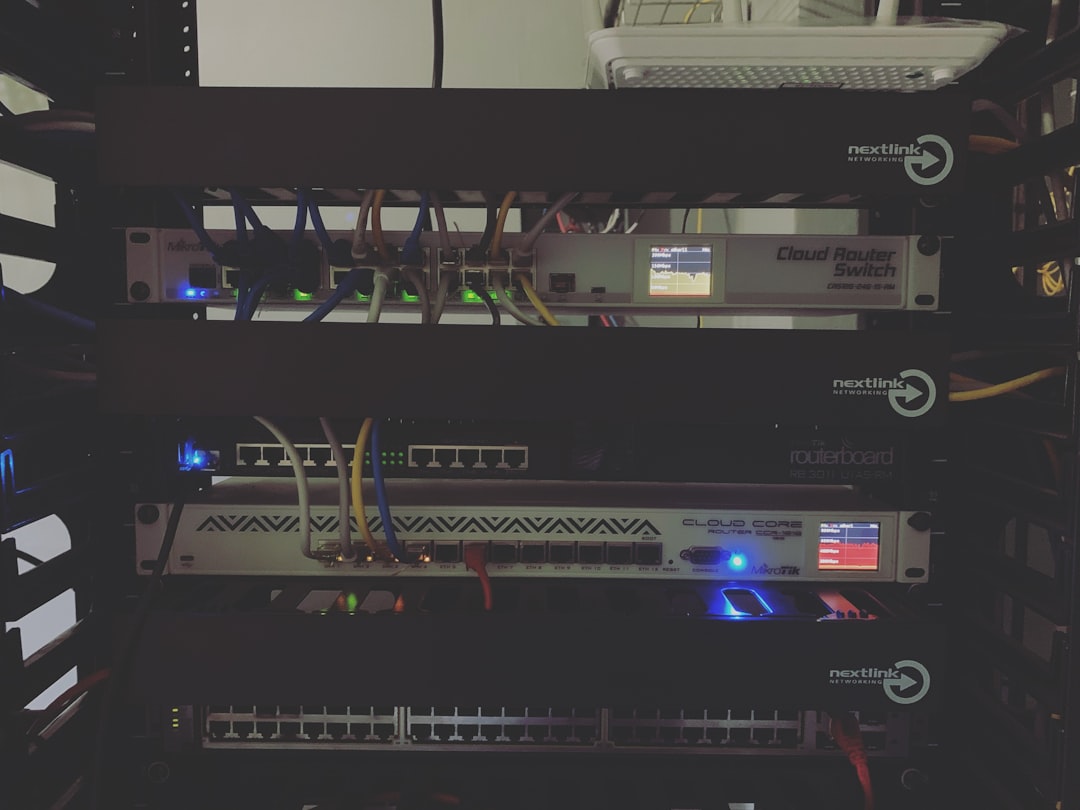PlantUML is an essential tool for developers, software architects, and systems analysts who want to quickly and effectively create UML diagrams using a concise and readable text format. With an extensive range of diagramming capabilities—from class and sequence diagrams to activity and component diagrams—PlantUML has become a popular choice among professionals. While the PlantUML Online Editor offers a convenient way to create and edit diagrams on the fly, one of the common challenges users encounter is how to load local files into the editor for visualizing or updating their diagrams.
In this article, we will walk you through all the viable methods to load local files into the PlantUML Online Editor. Whether you’re a beginner or an experienced user, this guide will ensure you know the most reliable and efficient ways to work with your existing UML diagram files.
Understanding the Limitations of the PlantUML Online Editor
Before diving into methods for loading local files, it’s essential to understand how the PlantUML Online Editor is designed to work. The online editor—accessible at plantuml.com or through other third-party web tools—primarily supports real-time rendering of UML descriptions written in the PlantUML language.
However, most of these platforms operate in sandboxed environments for security and interaction limitations. As a result, you cannot simply upload a local file from your system with a regular “Open” dialog like you would in a desktop application. Instead, you must use alternative methods to pass your UML definitions into the online editor.
Method 1: Copy and Paste from a Local File
This is the most straightforward and commonly recommended approach, particularly for small or medium-sized UML files.
- Open your local .puml or .txt file in any text editor like Notepad++, VS Code, or Sublime Text.
- Select the entire content by using Ctrl+A and copy it with Ctrl+C.
- Navigate to the PlantUML Online Editor, and paste the copied text into the code input section using Ctrl+V.
- Press the ‘Refresh’ or ‘Render’ button in the editor to view the diagram.
This method does not require any third-party tools or conversions and is ideal when working with known or trusted files. However, for larger diagrams or batch processing, this becomes inefficient.

Method 2: Use GitHub or GitLab Repositories
PlantUML supports loading UML definitions from remote repositories, including platforms like GitHub and GitLab. This is especially useful for development teams using version control systems to manage their diagrams.
Steps to Load Files from GitHub:
- Commit your .puml file to a public GitHub repository.
- Navigate to the raw view of your file in GitHub by clicking ‘Raw.’
- Copy the raw file URL that ends in .puml.
- Use an online PlantUML viewer or editor that supports loading from URL. For example, use the tool at PlantUML official server and input your GitHub raw URL in the appropriate location depending on the implemented logic of that tool.
This method allows for collaboration, version tracking, and avoids the necessity of handling files locally. However, remember that this only works with publicly accessible repositories unless the designer supports login-based access.
Method 3: Self-Hosted PlantUML Server
For those who require advanced control and privacy, hosting your own PlantUML server is an effective option. This method enables full integration with local file systems or network drives and automates loading .puml files from defined paths.
Steps to Set Up a Local Server:
- Install Java Runtime Environment (JRE) if not already available on your machine.
- Download the latest version of plantuml.jar from the official site.
- Run the PlantUML server using a command like:
java -jar plantuml.jar -picoweb - Navigate to http://localhost:8080 in your web browser and use local syntax files directly from your system directory.
This setup is best suited for organizations with privacy constraints or users who frequently generate complex diagrams without relying on external services.

Method 4: Converting Local Files into Encoded URLs
Another powerful albeit more technical method is to convert your local PlantUML code into an encoded format and append it to a URL to view your diagram online. This method makes use of PlantUML’s ability to decode specially formatted URLs.
Steps:
- Use a tool or script to encode your PlantUML source. Examples:
- PlantUML Encoding Tool
- Python scripts like
plantuml-encoder
- Append the encoded string to the PlantUML server URL, in the format:
https://www.plantuml.com/plantuml/png/ENCODED_STRING_HERE - Paste the complete URL into your browser to view or share the rendered diagram.
While this requires encoding and crafting URLs manually or through scripts, the result is a self-contained link that you can save or distribute, making it suitable for documentation or report generation.
Best Practices When Working With Local Files
For a seamless experience with PlantUML online tools, here are a few best practices:
- Keep your local files organized in a dedicated UML directory with consistent naming.
- Use version control systems like Git to track changes and enable remote loading.
- Comment generously in your PlantUML source for better readability and maintenance.
- Limit image size by breaking large diagrams into sub-components or using include syntax.
Also, consider using integrated development environments (IDEs) like IntelliJ IDEA or Visual Studio Code with PlantUML plugins. These tools often offer local previewing and integration with live PlantUML servers or the built-in preview window.
Security Considerations
When working with online editors and remote file loads, it is crucial to ensure that no sensitive or confidential data is inadvertently exposed. Here are some safety tips:
- Use self-hosted editors or local previews for private or critical content.
- Avoid using public links for diagrams containing internal logic or proprietary system architecture.
- Sanitize files before uploading them to collaborative platforms or hosting on public repositories.

Conclusion
Loading local files into the PlantUML Online Editor may not be immediately intuitive due to browser and sandbox limitations, but as we’ve seen, multiple reliable methods are available. From simple copy-paste to encoded URLs and self-hosted servers, the ideal method will depend on your specific use case, security needs, and workflow preferences.
By understanding the advantages and trade-offs of each method, you can streamline your UML modeling process, improve team collaboration, and enhance your software design documentation without compromising on efficiency or accessibility. Regardless of the approach you choose, PlantUML remains a powerful ally in modeling, visualizing, and refining complex systems—all from textual source files.

